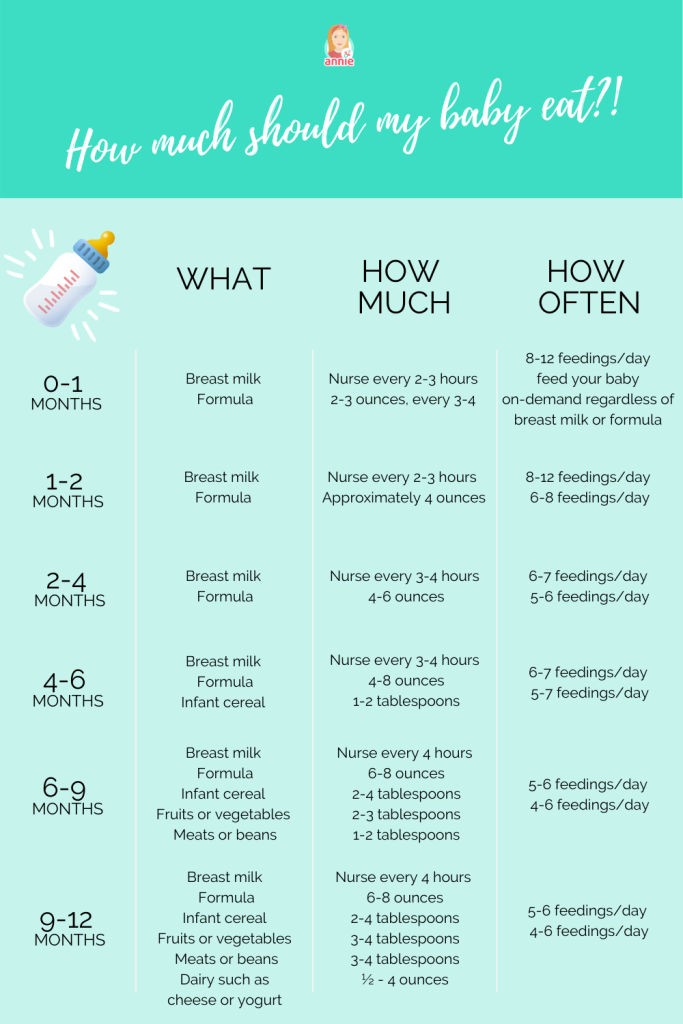Why Do Babies Avoid Grass: Exploring Reasons and Solutions
As babies embark on their journey of exploration, they encounter a myriad of textures, sensations, and environments. Among these, grass often presents a unique challenge, eliciting avoidance behaviors in many young ones. Understanding the reasons behind this avoidance is crucial for parents and caregivers to address it effectively, fostering a positive and enriching relationship between babies and the natural world.
This article delves into the complexities of grass avoidance in babies, examining developmental, environmental, and individual factors that contribute to this behavior. By exploring these aspects, we aim to provide practical solutions and strategies to help babies overcome their avoidance and embrace the joys of exploring grassy spaces.
Reasons for Grass Avoidance in Babies

Babies may avoid touching or crawling on grass due to several reasons. One common reason is sensory sensitivities. Grass can feel rough, tickly, or uncomfortable on their delicate skin, causing them to avoid it. Additionally, the smell of grass may be overwhelming for some babies, leading them to turn away or pull back.
Sensory Sensitivities
Sensory sensitivities are common in babies and can affect their response to various stimuli, including grass. These sensitivities can manifest in different ways, such as:
- Tactile sensitivity: Babies may be sensitive to the texture of grass, finding it rough or uncomfortable against their skin.
- Olfactory sensitivity: Some babies may be sensitive to the smell of grass, which can be overwhelming or unpleasant for them.
- Auditory sensitivity: The sound of grass being crushed or stepped on can be loud and startling for some babies, causing them to avoid it.
Developmental Considerations
Babies’ interactions with grass are influenced by their developmental milestones. Age and motor skills play a crucial role in their ability to navigate grassy areas.
Exploration and Sensory Development
Babies are naturally curious and eager to explore their surroundings. Grass offers a unique sensory experience, with its soft texture, vibrant colour, and subtle movement. However, the novelty of grass can also be overwhelming for some babies, leading them to avoid it.
As babies develop, their motor skills improve, allowing them to interact with grass more confidently. They learn to crawl, sit, and eventually stand on grass, which helps them to become more comfortable with its texture and feel.
Environmental Factors
Environmental factors can significantly influence a baby’s grass avoidance. The texture, temperature, and moisture levels of grass can affect a baby’s comfort, while insects, pollen, and other allergens can trigger allergic reactions or discomfort.
Grass Texture
Babies have sensitive skin, and the rough texture of grass can be uncomfortable or irritating. Blades of grass can scratch or poke a baby’s skin, causing discomfort and leading to avoidance.
Grass Temperature
The temperature of grass can also affect a baby’s comfort. Hot grass can burn a baby’s skin, while cold grass can make a baby feel chilly and uncomfortable. Babies are unable to regulate their body temperature as effectively as adults, so they are more susceptible to the effects of extreme temperatures.
Grass Moisture
Wet grass can be cold and uncomfortable for babies, especially if they are not wearing waterproof clothing. Wet grass can also harbour bacteria and other microorganisms that can cause skin infections.
Individual Differences
Babies’ responses to grass can vary significantly due to individual differences. These differences can be attributed to factors such as temperament, personality, and sensory preferences.
Temperament
Babies with different temperaments may react differently to grass. For example, babies with an easy temperament may be more comfortable exploring grass, while babies with a more cautious temperament may be more hesitant.
Personality
Babies’ personalities can also influence their grass avoidance. Babies who are more outgoing and curious may be more likely to approach grass, while babies who are more shy or timid may be more likely to avoid it.
Sensory Preferences
Babies’ sensory preferences can also play a role in grass avoidance. Babies who are sensitive to certain textures or smells may be more likely to avoid grass. For example, babies who are sensitive to the texture of grass may find it uncomfortable to touch, while babies who are sensitive to the smell of grass may find it unpleasant.
Parental Attitudes and Experiences
Parental attitudes and experiences can also shape a baby’s grass avoidance. Parents who are concerned about their baby’s safety may be more likely to discourage them from playing on grass. Parents who have had negative experiences with grass, such as being bitten by insects or getting rashes, may also be more likely to pass on their fears to their baby.
Potential Solutions and Strategies
Addressing grass avoidance in babies requires a combination of practical solutions and gradual exposure strategies.
Creating a Comfortable Environment
* Choose a grassy area that is soft, well-maintained, and free of sharp objects or debris.
* Spread out a blanket or mat to provide a soft and comfortable surface for the baby to lie on.
* Use a sunshade or canopy to protect the baby from direct sunlight.
* Gradually introduce the baby to grass by starting with short periods in a shady spot.
Overcoming Avoidance
* Encourage the baby to explore the grass by gently touching their feet or hands to it.
* Play with the baby on the grass, rolling a ball or making silly faces.
* Use positive reinforcement by praising the baby for interacting with the grass.
* Avoid forcing the baby to stay on the grass if they become distressed.
* Respect the baby’s boundaries and allow them to explore the grass at their own pace.
FAQ
Why do some babies avoid grass while others don’t?
Individual differences in temperament, personality, and sensory preferences can influence a baby’s response to grass. Some babies may be more sensitive to the texture, temperature, or moisture levels of grass, leading to avoidance behaviors.
How can I create a comfortable environment for my baby to explore grass?
Choose a grassy area that is well-maintained, free from insects, and has a comfortable temperature. Introduce your baby to grass gradually, starting with short periods of time and gradually increasing the duration as they become more comfortable.
What are some strategies for overcoming grass avoidance in babies?
Use positive reinforcement to encourage your baby to touch or crawl on grass. Offer them toys or treats as rewards for interacting with grass. Gradually expose your baby to different types of grass, textures, and temperatures to help them adapt.





